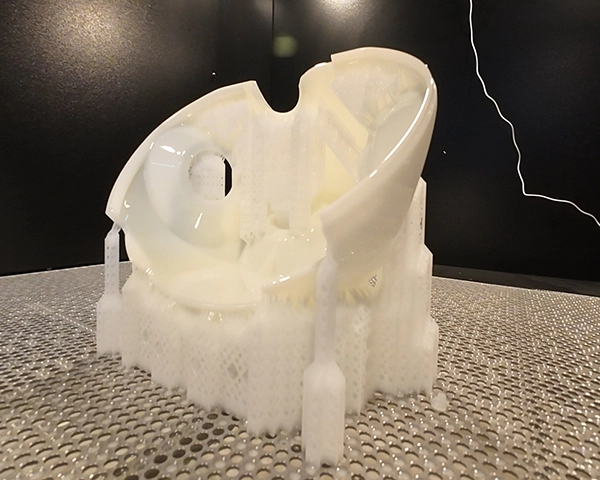Introduction to Sheet Metal Processing
Sheet metal processing is a pivotal technology that sheet metal technical staff needs to grasp, and it is also an important process for forming sheet metal products. Sheet metal processing includes traditional methods and process parameters such as cutting and downgrading, punching and cutting processing, bending and forming, etc. It also includes various cold stamping die structures and process parameters, various equipment working principles and manipulation methods, and also includes new stamping technology and new processes.
Sheet metal processing is called sheet metal processing. For example, sheet metal is used to make chimneys, barrels, oil tanks, ventilation pipes, elbows, small and large heads, round heads, funnel shapes, etc. The main processes are shearing, bending and edge-buckling, bending and forming, welding, riveting, etc., which require certain geometric knowledge. Sheet metal parts are thin sheet metal parts, that is, parts that can be processed by means of stamping, bending, stretching, etc. A general definition is that the thickness of the parts remains unchanged during processing. The corresponding parts are cast parts, forged parts, machined parts, etc.
Sheet Metal Processing Methods
Non-mold processing: A processing method for sheet metal by means of digital punching, laser cutting, shearing machine, bending machine, riveting machine, etc. It is generally used for sample making or small batch CNC machining production, and the cost is higher. Short processing cycle and quick response.
Mold processing: The sheet metal is processed by fixed molds, generally with undercutting mold and forming mold, mainly used for mass production and lower cost. Manufactured by prototype manufacturing companies, high front-end mold cost and guaranteed part quality. Long lead time for front-end processing and high tooling cost.
Sheet Metal Processing Flow
Downfeed: Digital punching, laser cutting, shearing machine
Forming: bending, stretching, punching: bending machine, punching machine, etc.
Other processing: press riveting, tapping, etc.
Welding: Sheet metal connection method
Surface treatment: Powder spraying, electroplating, wire drawing, silk-screening, etc.
- Gaming Gadgets Galore: How Urethane Casting Services Shape Interactive ExperiencesJanuary 5, 2024In the dynamic world of gaming, where innovation and immersive experiences are driving forces, the role of urethane casting services emerges as a crucial element in the development of cutting-edge gam...view
- The Role of Prototyping ServicesMarch 19, 2024Prototyping services play a pivotal role in modern manufacturing. It is not only a bridge between product design and production, but also a key force to promote product innovation and optimization. Fa...view
- The Future of Manufacturing: Urethane Casting Services in a Dynamic IndustryJanuary 5, 2024In the ever-evolving landscape of manufacturing, where precision, flexibility, and speed are paramount, the future is being shaped by innovative technologies like urethane casting services. This dynam...view
- Aerospace Advancements: Breaking Barriers with Precision Prototype MachiningJanuary 5, 2024As we continue to explore the boundless possibilities of space travel and aerospace engineering, one crucial element stands at the forefront of innovation – precision prototype machining. From pushin...view
- Customized Prototyping in Aerospace InnovationMarch 19, 2024In aerospace, every technological innovation and breakthrough marks a step into the unknown. Fathom Precision, as a leader in this field, has injected new vitality into the development of the aerospac...view
- Small Parts, Big Impact: Precision Prototyping Machining in Micro ManufacturingOctober 27, 2023In the realm of manufacturing, precision is the name of the game. Nowhere is this more evident than in micro manufacturing, where the creation of tiny, intricate components is crucial for a wide range...view




